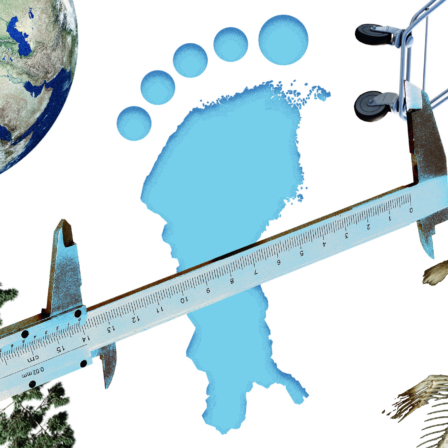The Intergovernmental Panel on Climate Change (IPCC) has released its much-awaited report on limiting global warming to 1.5 degrees Celsius. What do you need to know about it – and what should we do now?
1. The climate has warmed rapidly, but we have not yet crossed key thresholds
The world is already one degree warmer and at the current rate we add 0.2 degrees every decade. The emissions released so far don’t yet push us beyond the critical limit of 1.5 degrees, however.
2. Already 1.5 degrees of warming would be causing worrying impacts
For instance, extreme heat would make some areas three degrees hotter. The sea level would rise between 0.3 and 0.8 metres by the end of this century, threatening low-lying islands and coastal cities.
3. Small warming can already mean big damage
Two degrees of warming can harm biodiversity and cut the global fish catch twice as much as if it were 1.5 degrees. There may be up to twice as many people suffering from water stress and ten times as many ice-free summers in the Arctic Ocean.
4. Two degrees of warming would be risky – very risky
Coral reefs would decline by more than 99% and the irreversible loss of the Greenland ice sheet could be triggered with two degrees of warming. The risks the scientific community associate with this level of warming have increased significantly since the last IPCC report.
5. It is still possible to limit warming to 1.5 degrees…
The report presents four different paths that could – under certain conditions – still keep warming to under 1.5 degrees. The associated emission budgets range from 420 to 770 gigatonnes (Gt) – more than in the previous estimates, but very little compared with annual emissions (42 Gt).
6. …but it requires immediate action…
If we can level the growth in emissions immediately, the world has 20 to 40 years to reach net zero carbon – that is a state in which we suck back as much carbon from the atmosphere as we release. The longer we delay, the more radical the measures would need to be – and the more expensive.
7. …and the scale of change would be unprecedented
Global carbon emissions would need to be roughly halved by the end of the next decade and then brought down to net zero by the middle of the century. The world has never witnessed changes on this scale and there are many challenges associated with the required measures – not least political.
8. Deploying climate solutions needs to be accelerated rapidly
The share of low-carbon energy increases drastically in all pathways. The annual investments in low-carbon energy and energy efficiency must be multiplied five times by the middle of the century.
9. Tackling the climate crisis requires negative emissions
To compensate for the excess emissions, we must capture carbon back from the atmosphere on an unprecedented scale – and by even more if we delay action. Many carbon removal solutions come with large risks but growing natural sinks would also provide many benefits.
10. We need much more action – and from everyone
The current emission reduction commitments by countries would lead the world to three degrees of warming. We need to raise the ambition level of these commitments. Here, the participation and co-operation by a wide range of partners – governments, business, cities, organisations – would help.
+ 1. Sitra is working on solutions to tackle the climate crisis
According to a study Sitra supported, it is possible to bridge the emissions gap between current and sustainable emission pathways. We can also halve global emissions in key sectors by 2030.
Accordingly, Sitra calls for updating the Finnish 2030 emission target to -60 per cent. A forthcoming study will be presenting solutions for doing this in practice, and later Sitra will release 100 possible policies to enhance climate action.
















Recommended
Have some more.